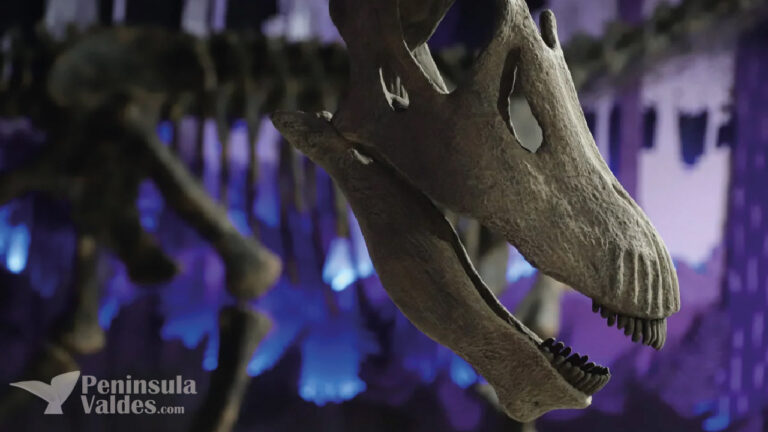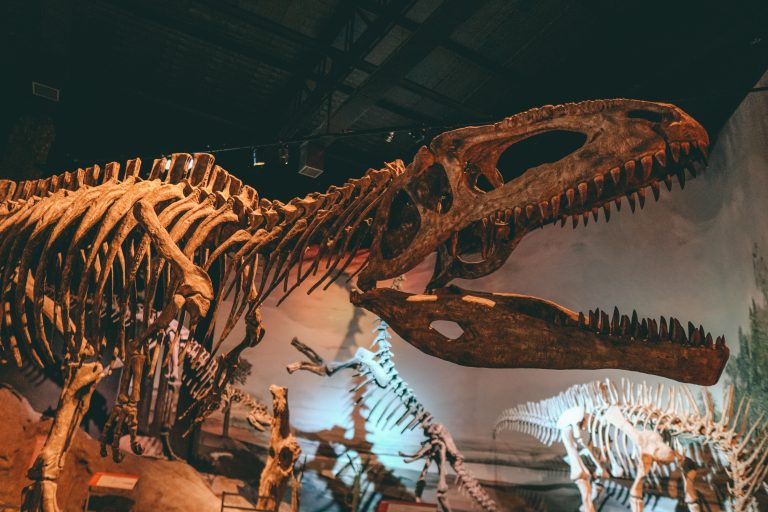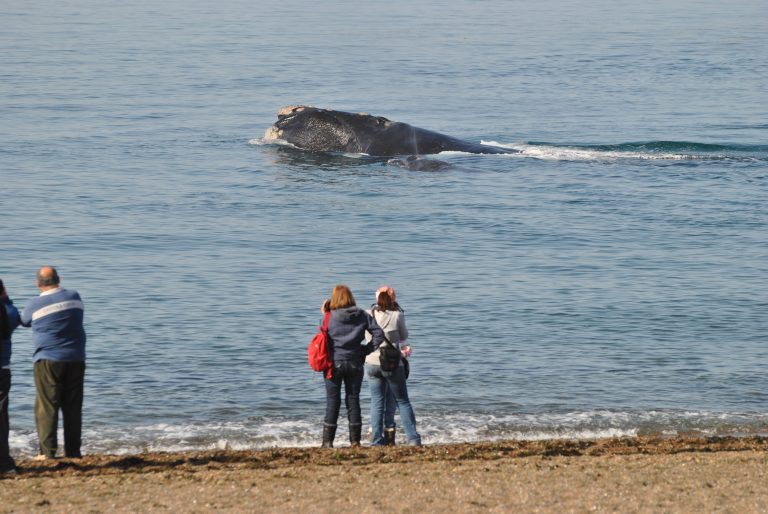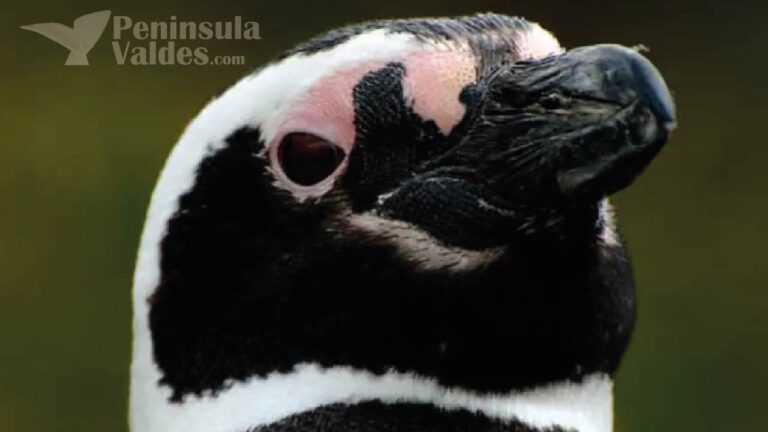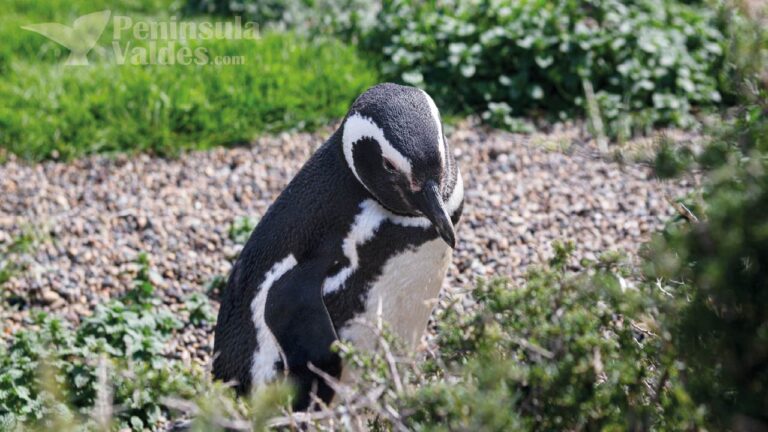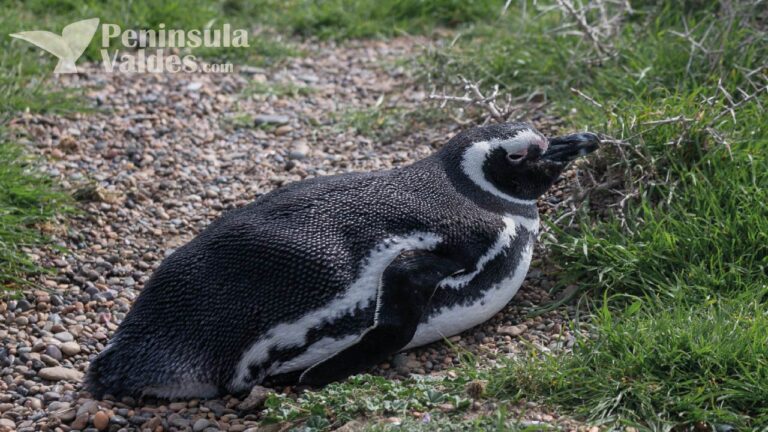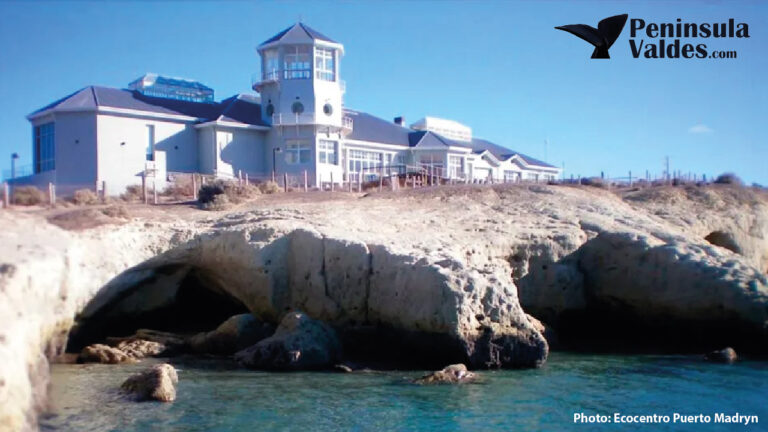The Puerto Madryn and Península Valdés area is not only a hotspot for marine wildlife—it also holds significant value in the field of paleontology, offering a window into the distant past of Patagonia and the evolution of life in South America. Here’s why this region is so important from a paleontological perspective:
A Rich Fossil Record
The coastal cliffs and sedimentary formations around Puerto Madryn and Península Valdés preserve a wealth of fossils dating back millions of years, particularly from the Tertiary Period (roughly 66 to 2.6 million years ago). These include fossils of marine mammals, giant sloths, prehistoric armadillos, and early whales, among others.
Marine Fossils: Clues from a Sunken World
Much of this region was once underwater, which is why it’s rich in marine fossils. Paleontologists have discovered fossilized mollusks, corals, and fish, offering valuable insights into the marine ecosystems of the past. Some of the most important discoveries relate to the evolution of whales and other marine mammals, making the region key to understanding how marine life adapted and diversified after the age of dinosaurs.
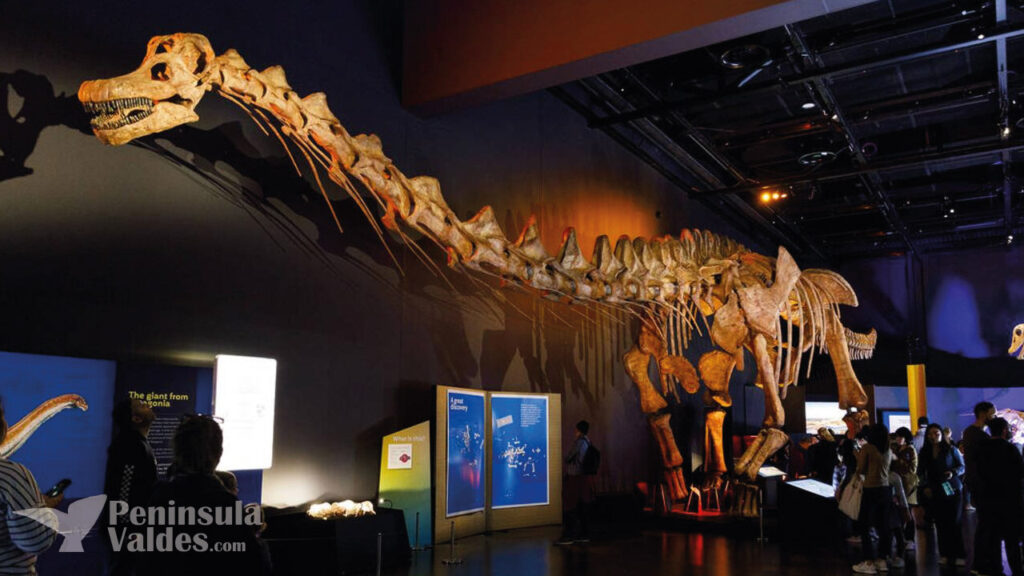
Megafauna of the Pleistocene
Beyond marine life, the area is home to fossil evidence from large terrestrial mammals that once roamed Patagonia during the Pleistocene epoch, including glyptodonts (giant armored mammals related to armadillos), toxodonts, and Macrauchenia, an extinct hoofed mammal with a camel-like body. These fossils help scientists piece together how climate changes and human arrival affected the survival of these species.
Scientific and Educational Importance
The region has become a hub for paleontological research, attracting scientists from around the world. Institutions such as the Museo Paleontológico Egidio Feruglio (MEF) in nearby Trelew (just an hour away from Puerto Madryn) are internationally recognized for their research and fossil collections. MEF is involved in some of the most important digs and houses impressive dinosaur and mammal fossils from all over Patagonia.
Paleontology as a Tourist Draw
Paleontology also plays a role in the tourism economy of the area. Visitors to Puerto Madryn often include paleontological sites and museums in their itinerary, combining wildlife watching with a journey into Earth’s prehistoric past. This promotes scientific literacy and conservation awareness while supporting local communities.
In summary, paleontology in the Puerto Madryn and Península Valdés region is crucial for understanding the evolution of marine and terrestrial life in South America, studying the effects of climate and environmental change over millions of years, and engaging the public in science and natural history. It’s a natural time capsule that continues to shed light on the Earth’s ancient stories.
The Importance of Paleontology in Patagonia
Patagonia is a paleontologist’s paradise. The dry climate, wide open spaces, and rich geological layers have preserved millions of years of Earth’s history. Fossils found here tell the story of prehistoric Patagonia, from ancient marine environments to the reign of the dinosaurs, and the rise of mammals after their extinction.
This part of the world is especially famous for:
-
Giant dinosaurs, including some of the largest ever discovered.
-
Early mammals and marine reptiles.
-
Well-preserved fossils from the Jurassic, Cretaceous, and Cenozoic periods.
Chubut River Valley Excursion
Embark on an immersive journey through Rio Chubut Valley, where paleontology, Welsh heritage, and scenic charm await. Unforgettable experiences awaits
- Adventure
From Price: USD 115
MEF – Museo Paleontológico Egidio Feruglio
Located in Trelew, just an hour from Puerto Madryn, MEF is one of the most prestigious paleontology museums in South America—and arguably the entire world.
What Makes MEF Special:
-
Cutting-edge research center: MEF isn’t just a museum. It’s a scientific institution where some of the world’s leading paleontologists conduct research, excavation, and fossil preparation.
-
Field expeditions: MEF leads major fossil digs throughout Patagonia. They’ve uncovered groundbreaking finds, including new dinosaur species.
-
Dino titans: MEF made headlines worldwide for discovering Patagotitan mayorum, a colossal titanosaur believed to be one of the largest land animals to ever walk the Earth. This discovery cemented Patagonia’s status as a global paleontological hotspot.
-
Fossil lab with windows: Visitors can actually watch real scientists working on fossils in the lab, which is connected to the museum via large glass walls.
-
Interactive exhibits: MEF offers dynamic exhibits for all ages, with life-size reconstructions of dinosaurs, immersive displays, and detailed information about Patagonia’s prehistoric past.

